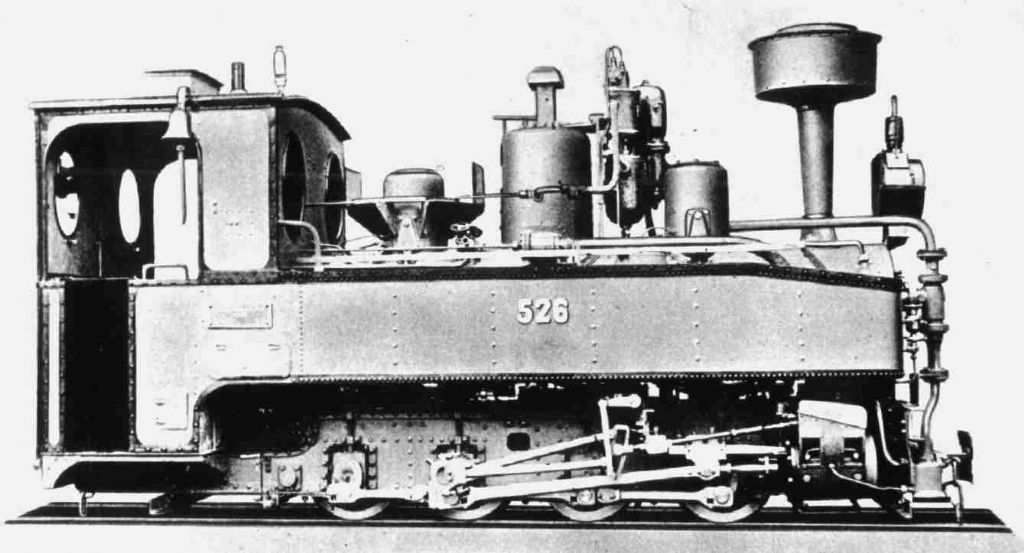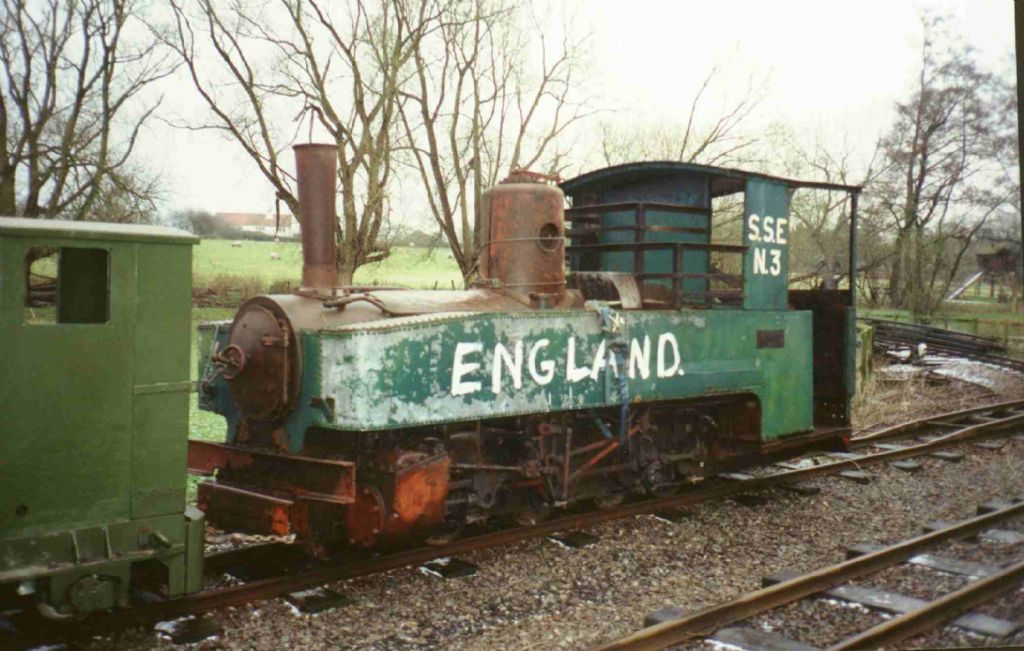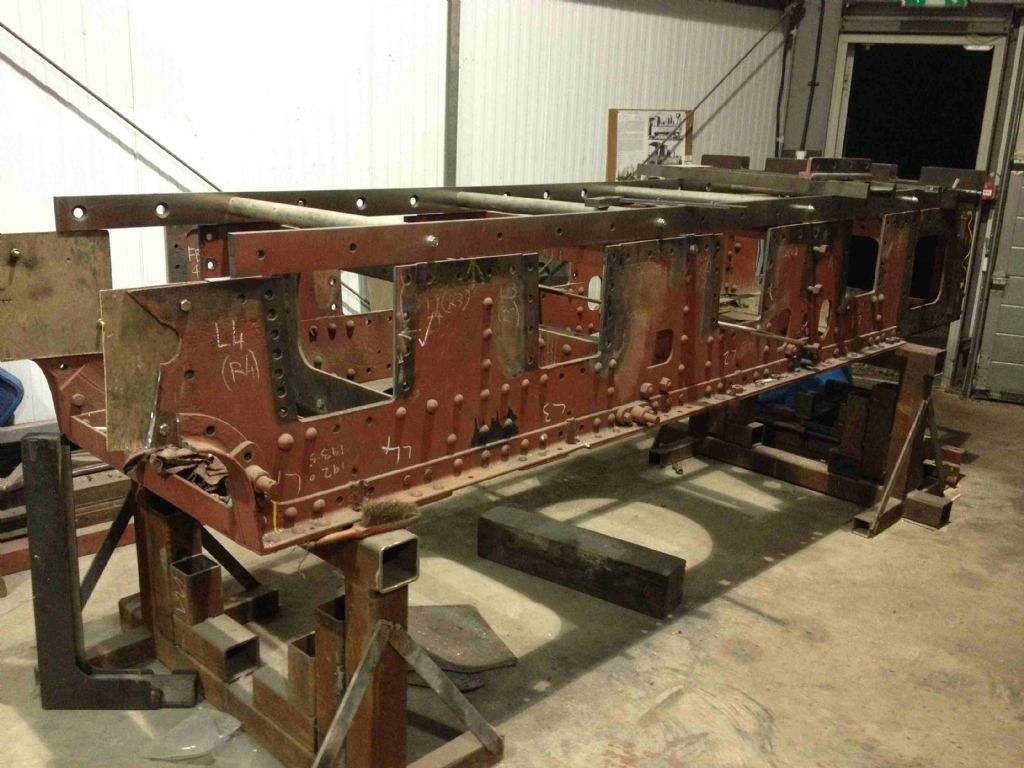Bolt Material?
Bolt Material?
- This topic has 12 replies, 11 voices, and was last updated 8 December 2017 at 11:00 by
Howard Lewis.
Viewing 13 posts - 1 through 13 (of 13 total)
Viewing 13 posts - 1 through 13 (of 13 total)
- Please log in to reply to this topic. Registering is free and easy using the links on the menu at the top of this page.
Latest Replies
Viewing 25 topics - 1 through 25 (of 25 total)
-
- Topic
- Voices
- Last Post
Viewing 25 topics - 1 through 25 (of 25 total)
Latest Issue
Newsletter Sign-up
Latest Replies
- Soldering to gold plating
- Measuring a double Vee lathe bed Vee position
- Drawings for constructing a Rolling Road
- TurboCAD – Alibre File Transfers.
- Model Engineer Magazine Collection
- How many spokes do I really need?
- Boiler Design – issue 4765
- Advice to machine stationary engine base plate
- Silver steel crankshaft
- Herbert B drill information?







